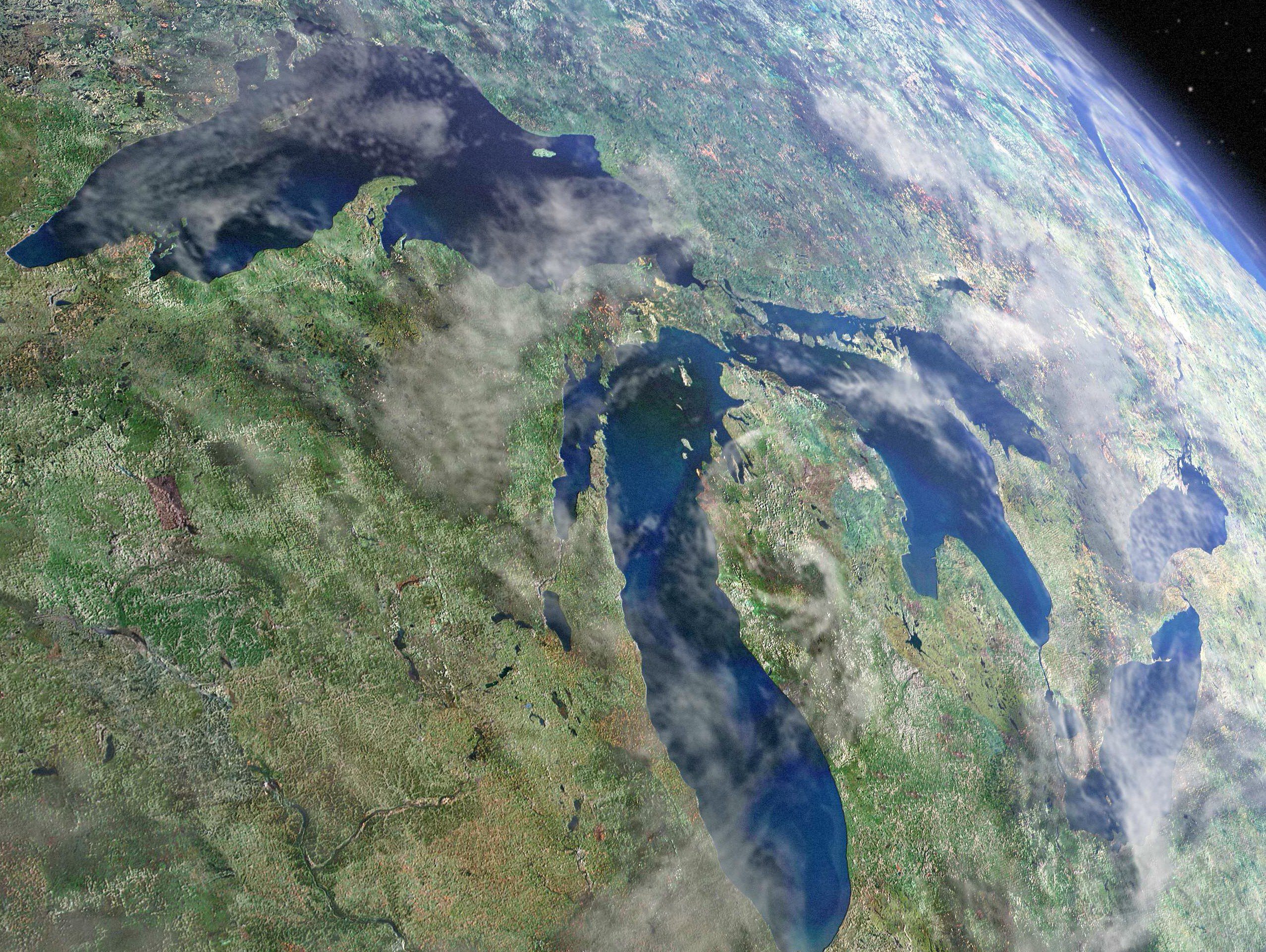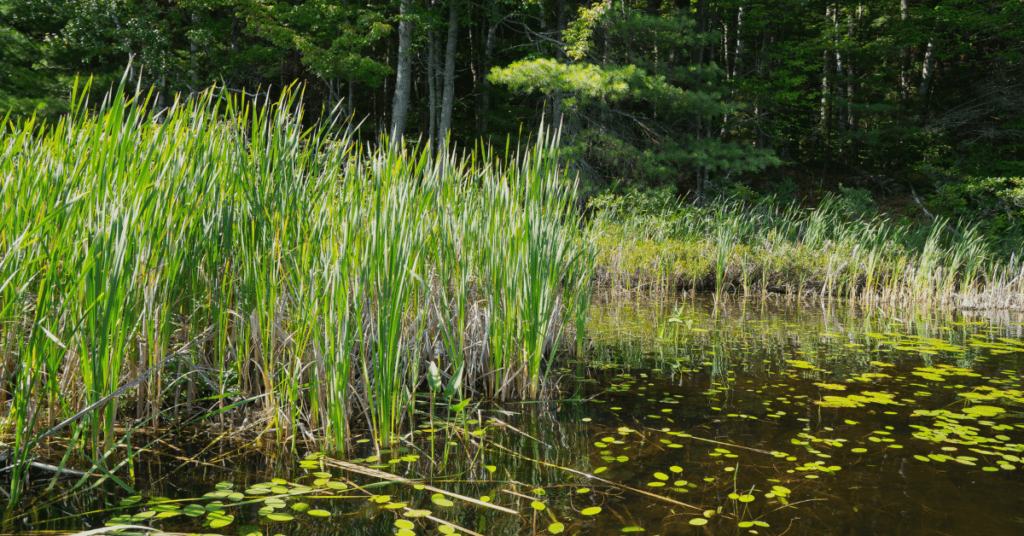This week, advocates for the Great Lakes are gathering in Washington to educate legislators about the benefits of Great Lakes programs. Although this is an annual event, this year the stakes are especially high.

News that the current U.S. administration has proposed cutting funding for the Great Lakes Restoration Initiative (GLRI) from $300 million annually to just $10 million has scientists, environmentalists, and local communities seeing red. The GLRI plays an essential role in cleaning up, restoring, and protecting the world’s largest source of surface freshwater, including:
- Reducing harmful algae in three priority watersheds, including the Maumee river in Ohio, which drains into the western basin of Lake Erie, and is the main contributor to the increasingly severe and frequent toxic algal blooms in the lake; and
- Preventing the introduction of new invasive species, including Asian carp.
Since the funding program first began in 2010 over $2 billion has been invested in the Great Lakes, making it a highly successful non-partisan initiative. And if the need to protect and restore an ecosystem that provides drinking water to more than 40 million people in Canada and the U.S. isn’t enough of a reason to support the GLRI, every restoration dollar invested in the Great Lakes creates approximately two dollars in economic return.
Unsurprisingly, cuts to Great Lakes restoration funding in the U.S. will be felt in Canada. The Great Lakes are a shared resource. And yes – the Great Lakes are threatened because of the actions and inaction of both the U.S. and Canada. And yes – Canada’s investments in Great Lakes restoration and protection are embarrassingly low. But, over the last century, as the regional economy surged, the U.S. – with a larger population and higher GDP – was responsible for its fair-share of environmental harm. And because of that, it should take responsibility for a fair-share of restoring and protecting the lakes.
Meanwhile in Canada, now more than ever is the time for our government to demonstrate leadership when it comes to our water, and commit resources to programs that address threats to the Great Lakes. In the 2016 federal budget, the government provide just $3.1 million to continue to improve nearshore water and ecosystem health in Lake Erie. Ontario’s budget for Great Lakes protection is only about $15 million per year (approximately 0.01 per cent of the total provincial budget). There’s no doubt about it – more resources are needed to protect the Great Lakes.
That’s one of the reasons we’re calling on Ontario to introduce a deposit return program for plastic beverage containers. Not only would a deposit return program increase recycling rates in the province, and reduce greenhouse gas emissions by reducing the need for new plastics, it would also generate sustainable funding to improve the health of the Great Lakes.
If you agree that Ontario should put in place a deposit return program for plastic bottles, sign our petition asking Ontario to Cash it! Don’t trash it.







